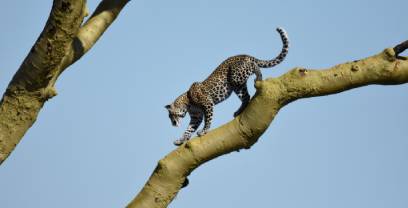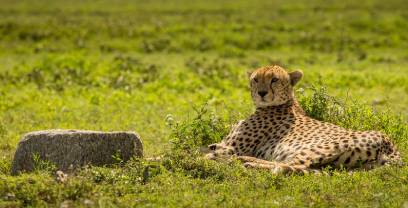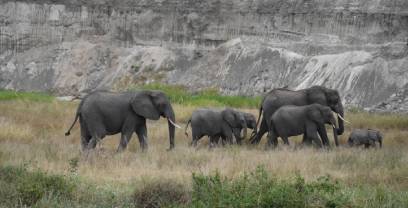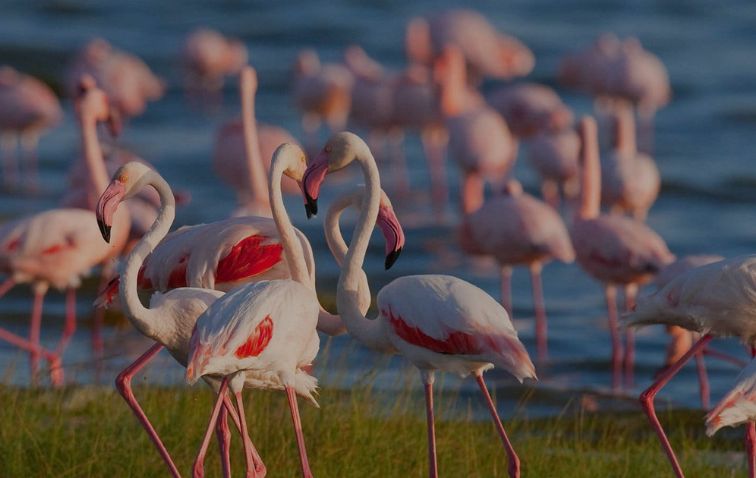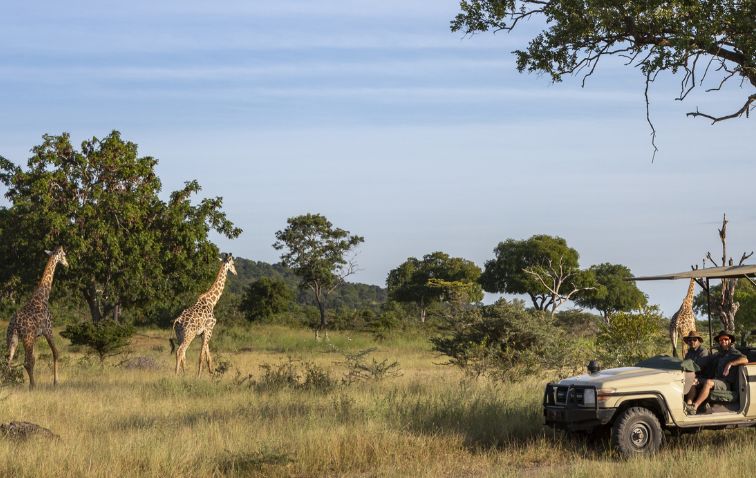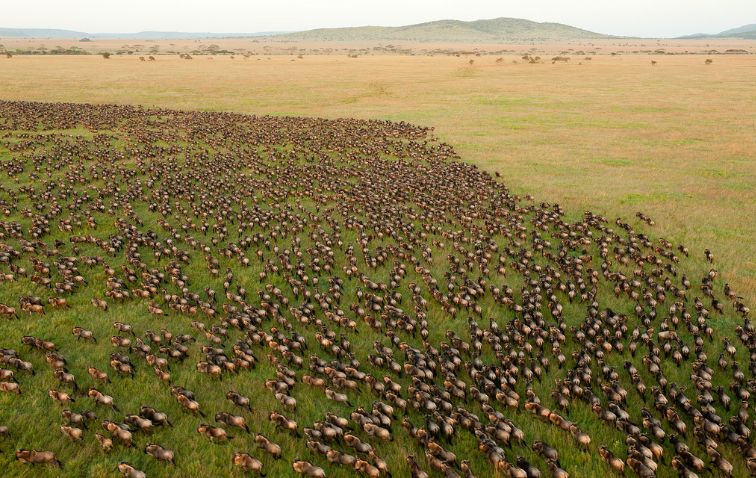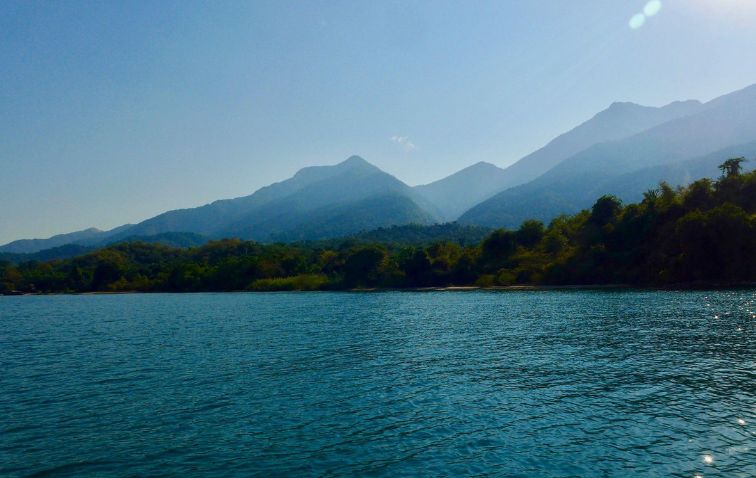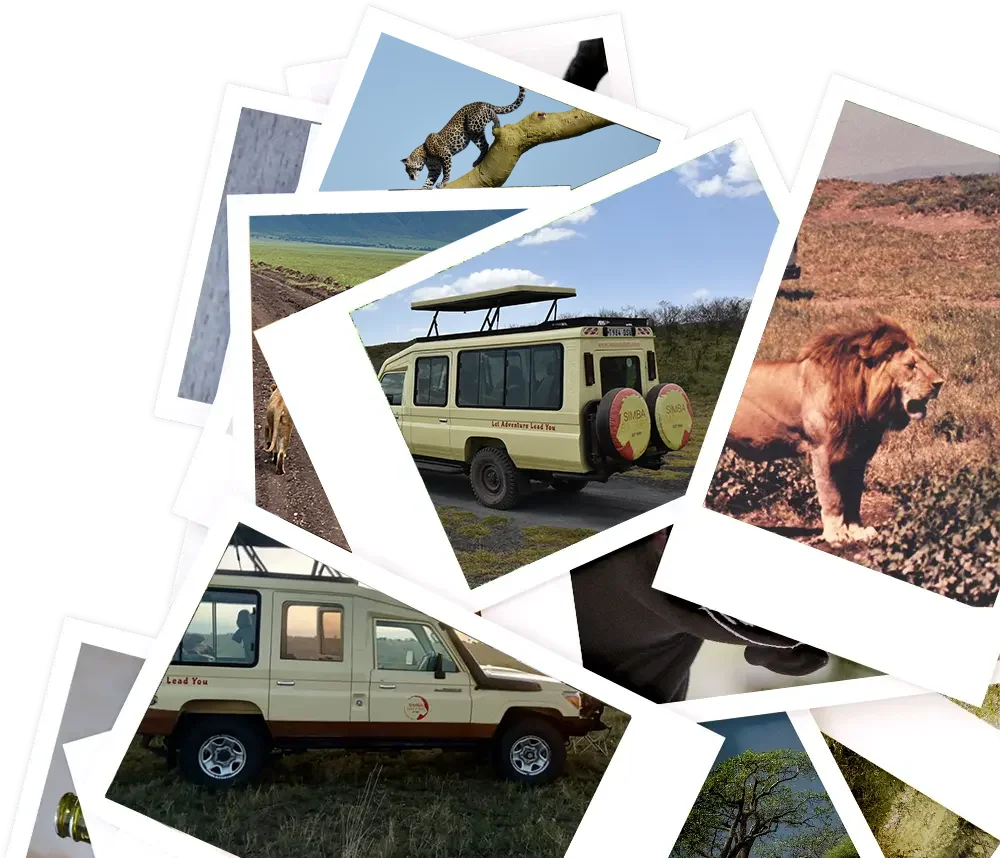
A Journey Less Taken but Defying Expectations!
Snuggled in the heart of Tanzania, Ruaha National Park stands as a well-kept secret, often overshadowed by more renowned counterparts. This expansive wilderness, spanning over 7,800 square miles, takes the crown as one of East Africa's largest national parks. Named after the life-giving Great Ruaha River, which winds along its southeastern border, the park becomes an oasis during the dry season, drawing wildlife from near and afar. We at Simba Safaris, we urge travelers to visit this hidden gem and benefit from the chance to escape the well-trodden paths.








